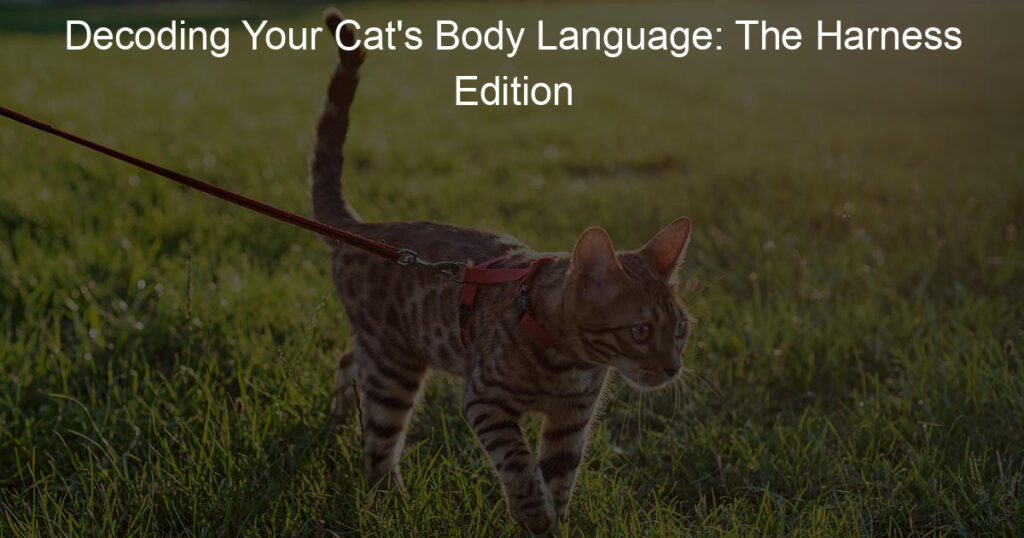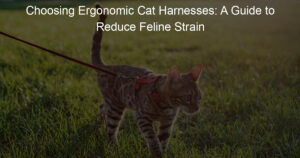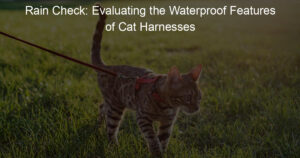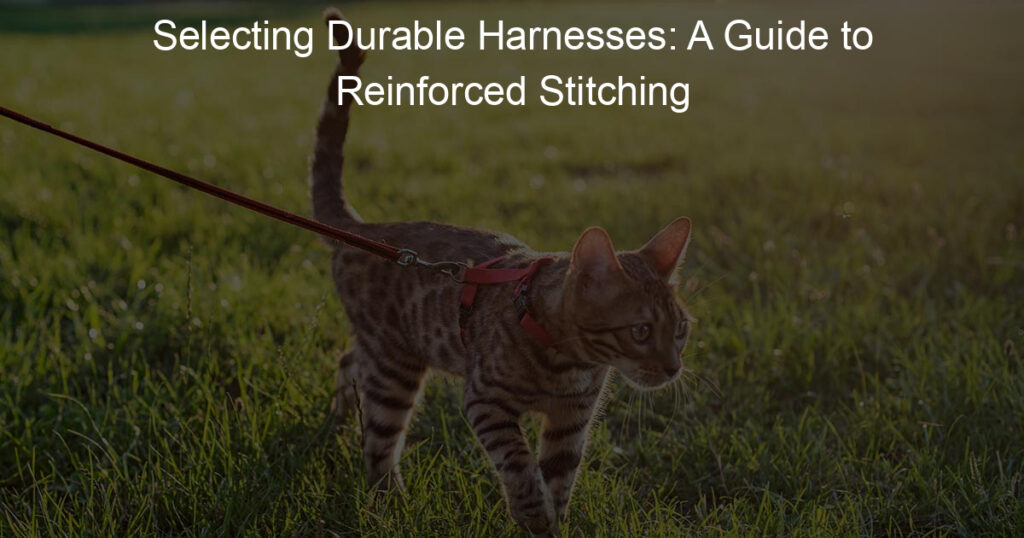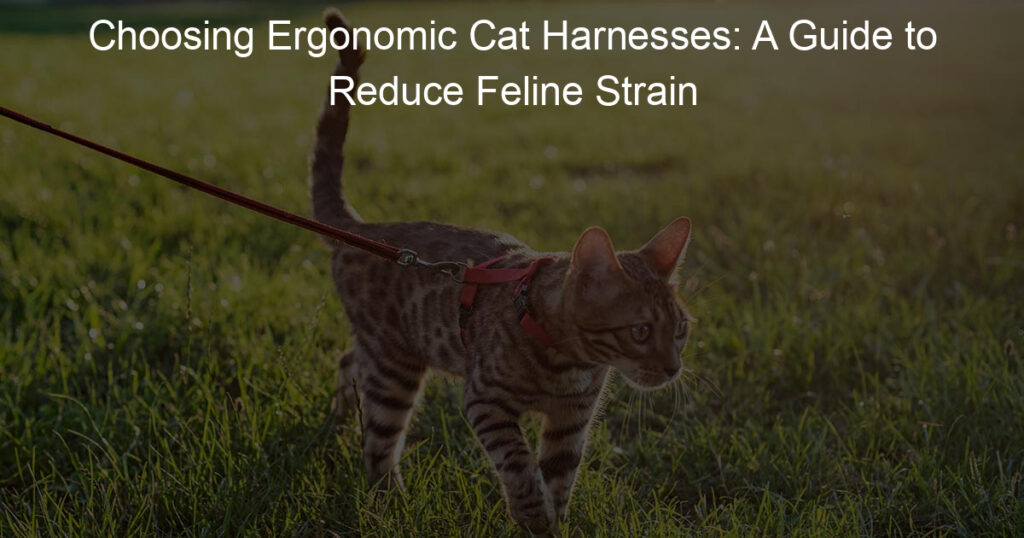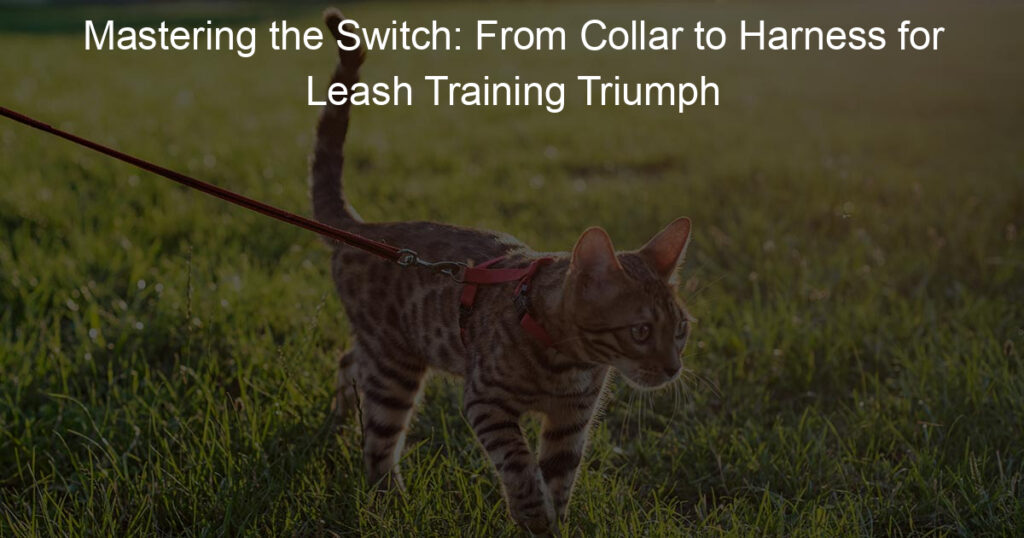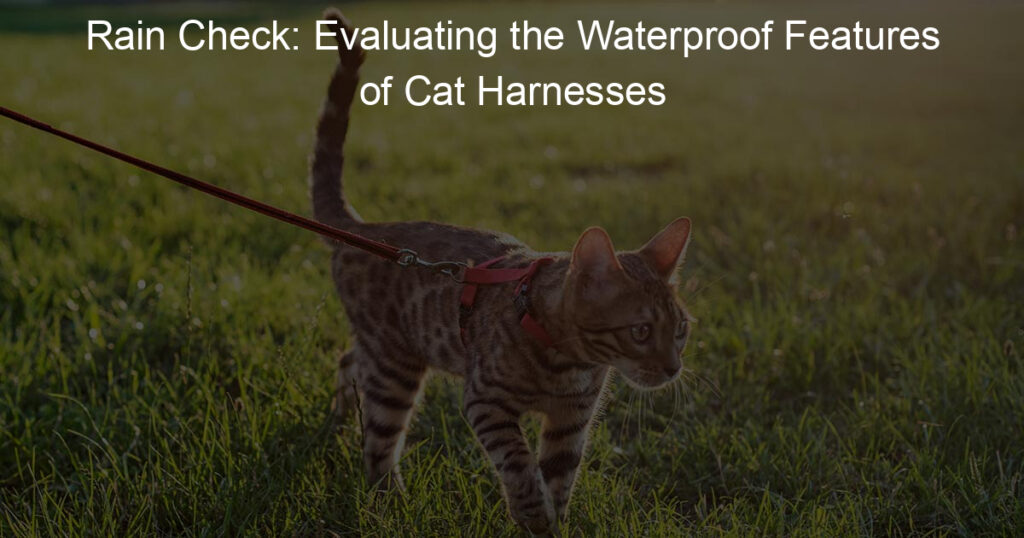
Introduction to Understanding Cat Behavior
Understanding your cat’s behavior can seem like a mystery at first. Cats, unlike dogs, are not as expressive, and their behaviors can often be misunderstood. However, by paying close attention to their body language and understanding common misconceptions about cat behavior, you can develop a deeper bond with your feline friend.
- Importance of understanding your cat’s body language
- Common misconceptions about cat behavior
Cats communicate primarily through body language. They use their ears, tail, eyes, and even their fur to express their feelings and intentions. For instance, a cat with its tail straight up is usually happy and confident, while a cat with its tail puffed up and arched is scared or angry. Understanding these subtle cues can help you respond appropriately to your cat’s needs and emotions, improving your relationship with them.
There are many misconceptions about cat behavior that can lead to misunderstandings. For example, many people believe that a purring cat is always happy. However, cats also purr when they are stressed or in pain. Another common misconception is that cats are solitary animals. While cats are more independent than dogs, they still need social interaction and can form strong bonds with their human companions. By debunking these misconceptions, you can better understand your cat’s behavior and provide them with the care they need.
In the following sections, we will delve deeper into the nuances of cat behavior, including harness training and how cats respond to it. By the end, you will have a better understanding of your feline friend and how to interact with them in a way that respects their unique needs and behaviors.
Decoding Cats’ Body Language
Understanding your cat’s body language is a crucial part of building a strong bond with your feline friend. Cats communicate a lot through their body language, and being able to interpret these signals can help you understand their needs and emotions better.
Understanding Feline Body Language
Let’s delve into the fascinating world of feline body language. We will focus on three main aspects: the tail, the ears, and the eyes. By learning to read these signals, you can gain insights into your cat’s mood and intentions.
- Reading Cat’s Tail Signals
- Interpreting Cat’s Ear Movements
- Understanding Cat’s Eye Dilation
A cat’s tail can tell you a lot about its mood. When a cat is relaxed, its tail is usually still. If the tail is puffed up, it means the cat is scared or agitated. A tail that is whipping back and forth rapidly can indicate anger or fear. Remember, every cat is unique, so these signals might vary slightly.
Cat’s ears are like a mood barometer. When a cat is content, its ears are usually upright. If the ears are flattened against the head, it’s a sign that the cat is scared or angry. When a cat is curious or alert, its ears will be forward-facing.
A cat’s eyes can also provide clues about its emotional state. When a cat is relaxed, its pupils are usually small. If the pupils are dilated, it can mean the cat is excited, scared, or surprised. However, keep in mind that light levels can also affect pupil size.
In conclusion, understanding your cat’s body language can greatly enhance your relationship with your feline friend. It allows you to respond appropriately to their needs and emotions, creating a more harmonious living environment for both of you.
Cat Harness Training
Training your feline friend to use a harness can be a rewarding experience for both of you. It opens up a world of outdoor adventures while ensuring your cat’s safety. Let’s dive into the world of cat harness training.
Introduction to Harness Training for Cats
Introducing your cat to a harness may seem like a daunting task, but with patience and the right approach, it can be a smooth process. Here’s what you need to know:
- Benefits of Harness Training: Harness training can provide numerous benefits for your cat. It can help reduce obesity, improve mental stimulation, and provide a safe way for your cat to explore the outdoors. According to a study by the Journal of Feline Medicine and Surgery, cats that engage in regular physical activity have a lower risk of developing obesity and related health issues.
- Choosing the Right Harness for Your Cat: The right harness can make all the difference in your cat’s comfort and safety. Look for a harness that fits snugly but doesn’t restrict movement. It should be adjustable, made of soft material, and have a secure but easy-to-release buckle. Remember, every cat is unique, so what works for one might not work for another.
In the next section, we will guide you through the steps of harness training for your cat. Stay tuned!
Steps in Harness Training for Cats
Training your cat to wear a harness can be a rewarding experience for both you and your feline friend. Here are the steps to follow:
- Introducing the Harness to Your Cat
- Getting Your Cat Comfortable with the Harness
- First Steps Outside with the Harness
Before you can start harness training, your cat needs to get used to the harness itself. Start by leaving the harness near your cat’s favorite spots. This will allow your cat to familiarize itself with the new object. You can also try rubbing the harness with a cloth that has your cat’s scent on it to make it more appealing.
Once your cat is familiar with the harness, it’s time to gently put it on. Don’t rush this step. Let your cat sniff and explore the harness. Then, slowly put it on while offering treats and praise. Make sure to adjust the harness so it’s snug but not too tight. Your cat should be able to move freely.
When your cat seems comfortable wearing the harness indoors, it’s time to venture outside. Start with short outings in a quiet, safe area. Stay close to your cat and offer lots of praise and treats. Gradually increase the length of your outings as your cat gets more comfortable.
Remember, patience is key when harness training your cat. It may take time, but with consistency and positive reinforcement, your cat can learn to enjoy walks outside.
Cat’s Response to Harness
Understanding your cat’s response to a harness is crucial in ensuring their comfort and safety. Cats communicate their feelings through various signals, and it’s essential to interpret these signals correctly. This section will guide you in interpreting your cat’s signals when they’re wearing a harness.
Interpreting Cat Signals When Wearing a Harness
When your cat is wearing a harness, they will give off certain signals that indicate their comfort or discomfort. Here are some signs to look out for:
- Positive signs your cat is comfortable with the harness:
- Signs your cat is uncomfortable or stressed:
When your cat is comfortable with the harness, they will continue their usual activities without any noticeable changes. They might play, eat, and sleep as they usually do. They may also walk around freely without any signs of discomfort or distress. Their body will be relaxed, and their movements will be fluid and natural.
If your cat is uncomfortable or stressed, they may exhibit signs such as excessive grooming, avoidance behavior, and vocalization. They might try to remove the harness by scratching or biting at it. Their body might become stiff, and they may move in an awkward or hesitant manner. In some cases, they may hide or become less active.
Remember, every cat is unique and may react differently to wearing a harness. It’s important to observe your cat closely and take note of any changes in their behavior. If your cat shows signs of distress, it’s best to remove the harness and try again later. Patience and understanding are key in helping your cat adjust to wearing a harness.
Case Study: Cat Harness Reaction
Let’s delve into two real-life case studies that highlight different experiences with cat harness training. These examples will provide a deeper understanding of the process and its potential outcomes.
- Case Study 1: Successful Harness Training
- Case Study 2: Overcoming Challenges in Harness Training
Meet Whiskers, a two-year-old tabby. Whiskers’ owner decided to introduce a harness to provide her with safe outdoor experiences. The owner started slowly, allowing Whiskers to sniff and get familiar with the harness. Gradually, she began putting the harness on Whiskers for short periods indoors. Over time, Whiskers became comfortable with the harness.
After a few weeks, Whiskers was ready for her first outdoor adventure. With the harness on, she was able to explore the backyard safely. Whiskers’ owner reported that she seemed content and showed no signs of stress or discomfort. This case study demonstrates that with patience and gradual introduction, successful harness training is achievable.
Now, let’s look at a different scenario. Paws, a three-year-old Persian cat, had a more challenging time adapting to the harness. Initially, Paws showed signs of discomfort, such as crouching low to the ground and moving slowly. Recognizing these signs, Paws’ owner decided to take a step back in the training process.
Instead of immediately putting the harness on Paws, the owner left it near Paws’ favorite spots, allowing him to get used to its presence. The owner also used positive reinforcement, rewarding Paws with treats whenever he approached the harness. After several weeks of this approach, Paws became more comfortable with the harness. Eventually, he was able to wear it without showing signs of stress.
This case study shows that while some cats may initially resist the harness, they can overcome this resistance with a patient and gentle approach.
These case studies highlight the importance of understanding your cat’s unique reactions and adapting the harness training process accordingly. Remember, patience and positive reinforcement are key to successful cat harness training.
Conclusion: Understanding Feline Behavior
As we draw this informative journey to a close, it’s important to reflect on the key insights we’ve gained about understanding our feline friends. Cats, with their unique and sometimes mysterious behaviors, can be a challenge to understand. However, with patience, consistency, and a keen eye for their body language, we can decode their messages and build a stronger bond with them.
- Key takeaways on decoding your cat’s body language
- Importance of patience and consistency in harness training
Our feline companions communicate largely through body language. A cat’s tail, ears, eyes, and even their fur can give us clues about their feelings and intentions. For instance, a cat with its tail held high and ears forward is likely feeling confident and content. On the other hand, a cat with flattened ears and a puffed-up tail might be feeling threatened or scared. Understanding these subtle cues can greatly enhance our interactions with our cats and help us respond to their needs more effectively.
Training a cat to accept a harness is a process that requires patience and consistency. It’s important to remember that each cat is unique and will respond to the training at their own pace. Consistency is key – regular, short training sessions are more effective than infrequent, long ones. Always reward your cat for their progress, no matter how small, to encourage positive associations with the harness. With time and patience, your cat can learn to accept, and even enjoy, wearing a harness.
In conclusion, understanding feline behavior is a rewarding endeavor that can strengthen the bond between you and your cat. By paying attention to their body language and being patient and consistent in training, you can enhance your relationship with your feline friend and ensure their well-being.
| Key Feline Behaviors | What They Mean |
|---|---|
| Tail held high | Confidence, contentment |
| Flattened ears | Feeling threatened or scared |
| Puffed-up tail | Fear, aggression |
Remember, every cat is unique and may display behaviors differently. Always observe your cat’s behavior in context and consider their overall body language to accurately understand their feelings and intentions.

